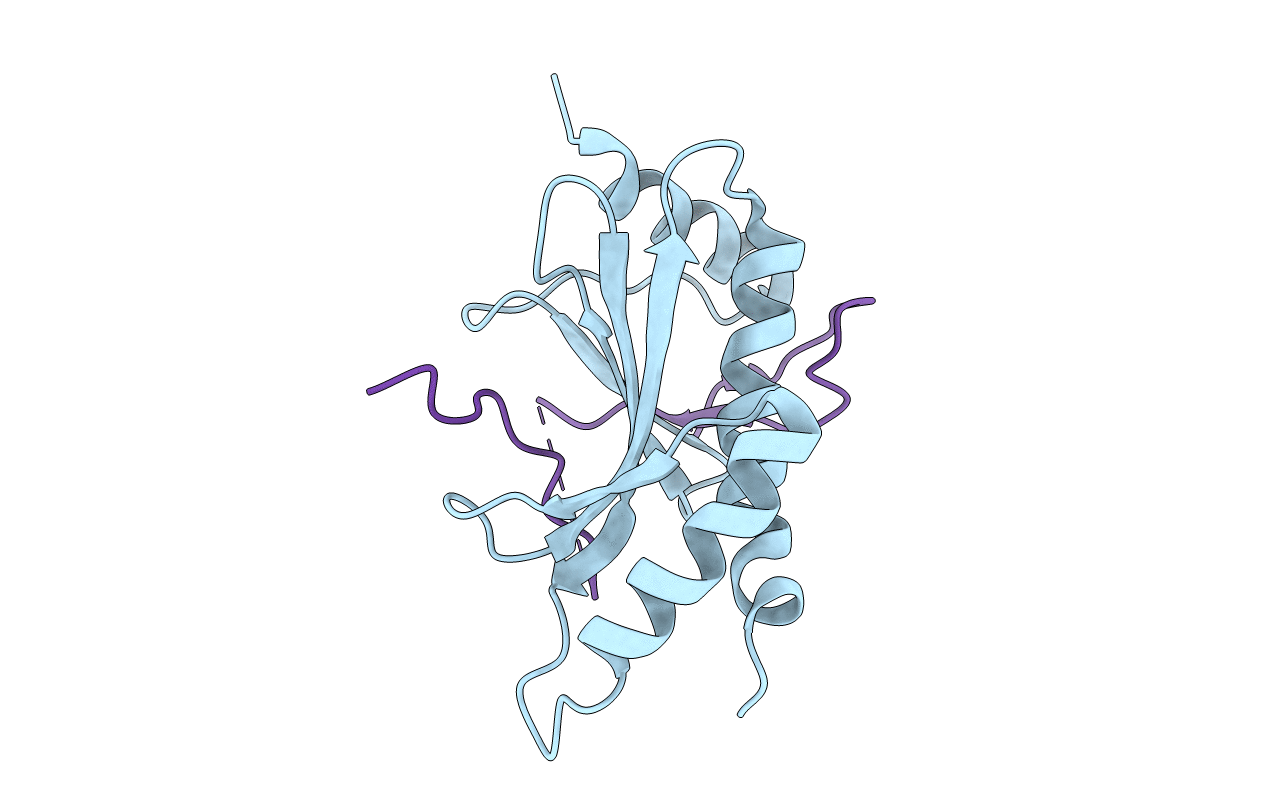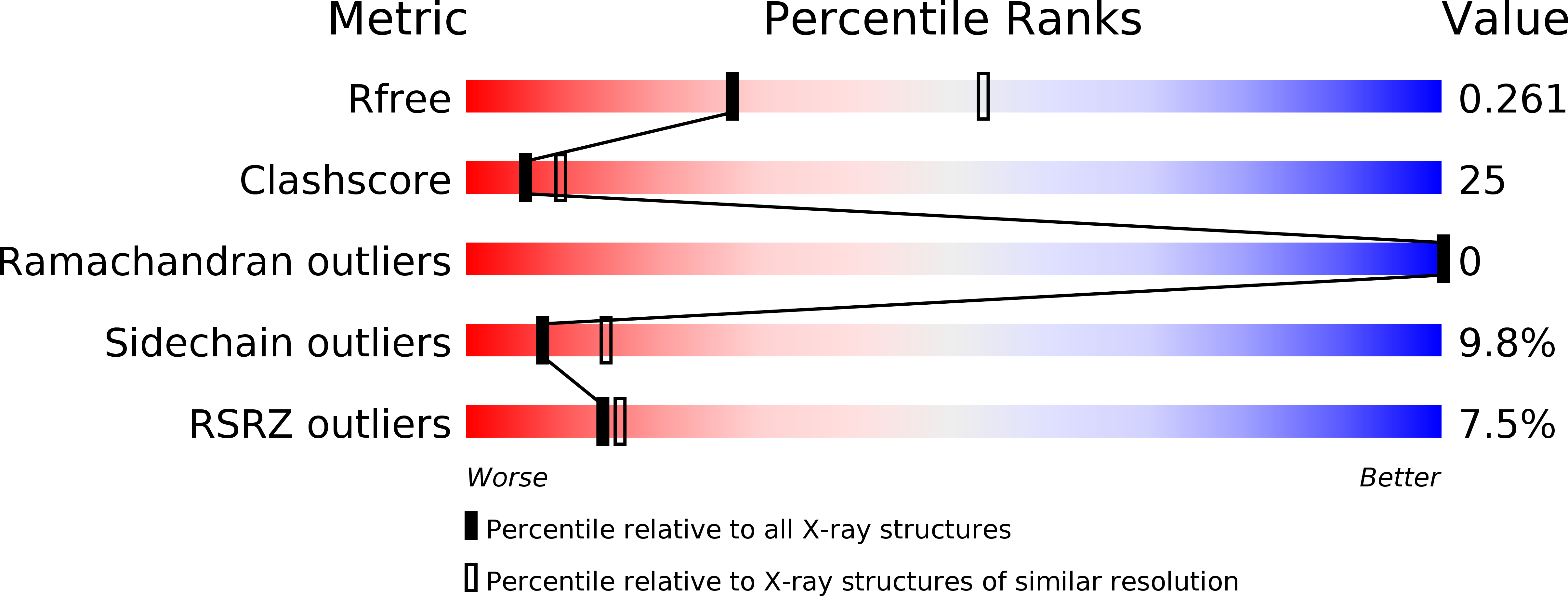
Deposition Date
2017-07-11
Release Date
2018-07-11
Last Version Date
2023-10-04
Entry Detail
Biological Source:
Source Organism:
Host Organism:
Method Details:
Experimental Method:
Resolution:
2.74 Å
R-Value Free:
0.25
R-Value Work:
0.20
R-Value Observed:
0.21
Space Group:
P 32 2 1


